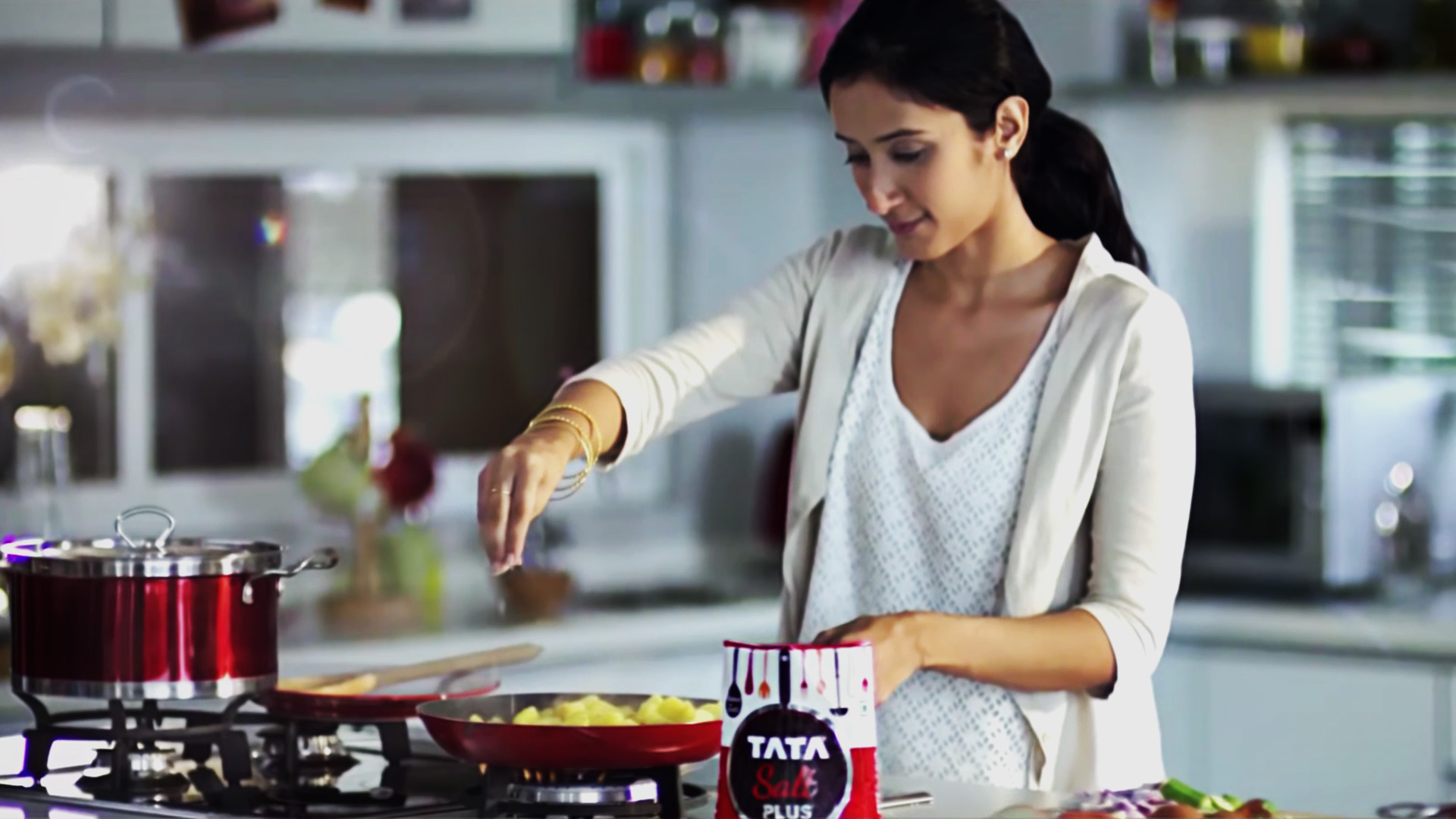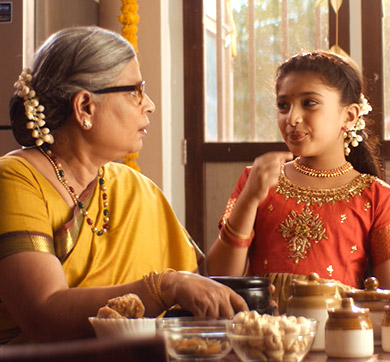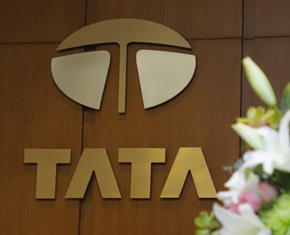October 2019 | 1059 words | 4-minute read
Namak ho Tata ka, Tata Namak — this jingle captured the audience’s imagination in the early ’80s. The concept of branded salt was non-existent back then. That is when Tata Salt entered the market; its vacuum-evaporated salt was untouched by hands, thus upholding the highest standards of purity.
“The story of Tata Salt is a story of consistency on three fronts: superior quality delivered over the years, a wide distribution network and the consistently told brand story. Apart from this is the vacuum evaporation manufacturing process, which ensures uniformity in the texture and size of the grains. “This enables us to deliver consistently even saltiness,” says Richa Arora, COO – consumer products business, Tata Chemicals*.
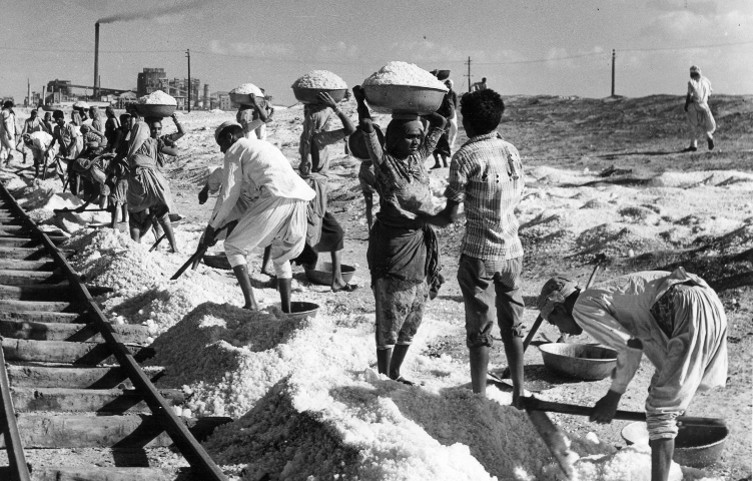
Any great brand is built on a combination of magic — emotional connect, and logic — its functional underpinning. This is exactly what Tata Salt stands for.
While the company partnered with the government to find a solution to the problem of micro-nutrient deficiency in India and started the journey towards universal salt iodisation in the country, Tata Salt struck an emotional connect with its consumers.
The word namak (salt) has an emotional connotation in the Indian context. Eating salt loosely translates to aapka namak khaya hai, which implies one’s loyalty to a person or community. The brand thus pays homage to, and celebrates the values of loyalty, honesty and integrity of the people of India towards their country.
Today, Tata Salt is the only brand from the house of Tata to consistently feature in the country’s Top 10 most trusted brands, according to The Economic Times Brand Equity’s ‘Most Trusted Brands’ survey. It not only garners more than 25 per cent market share in the country but is also four times bigger than its nearest competitor. Eight out of 10 people in the country think of Tata Salt as the first brand when it comes to salt. So, what sets Tata Salt apart from other brands?
Beyond business
Tata Salt’s onus goes beyond business and sales figures. Having started with a health agenda, the brand has, over the years, developed various platforms to engage with consumers on nutrition. “Our genesis was in partnering with the government to address the issue of micro-nutrient deficiency in the country. Tata Salt was the first iodised salt brand in India. Today, 92 per cent of the country’s population is iodised and about 78 per cent adequately iodised (15ppm). We are extremely proud of the key role we have played in that journey. Our story has always been rooted in health, but the narrative has changed. We launch products to address the evolving health needs of the Indian population,” says Ms Arora.
Driven by emotion
From Namak ho Tata ka – Tata Namak to Desh ka Namak, Tata Salt has managed to create taglines that resonate with the country and have high recall value. Tata Salt became Desh ka Namak because of its consistent high quality. The current Desh ki sehat, Desh ka namak reinforces the importance of purity and the right amount of iodine, again bringing health to the forefront.
The #NamakKeWastey campaign is a creative expression of the brand’s purpose of ‘unlocking the individual’s potential for the nation’s performance’. The phrase was coined in 2016 when Tata Salt supported the Rio Olympics contingent. “We continue to bring this purpose alive while celebrating days of national importance like Independence Day, Republic Day and Gandhi Jayanti,” says Ms Arora.
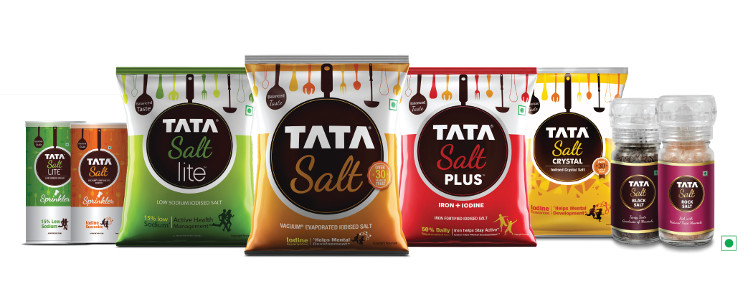
Mass appeal
Tata Salt’s pull cuts across every socio-economic segment. The brand reaches its diverse audience through varied and relevant touchpoints. From displaying wall paintings in hinterlands and creating meaningful engagements in melas to celebrating World Health Day (for Tata Salt Lite), the brand is also reaching the new-age audience through digital campaigns such as #MissingI for World Iodine Deficiency Day.
“Our share of digital spend has been increasing over the years, because as a medium it helps us innovate and create contextual communication. We created around 75 hyper-targeted ads for YouTube, which speak to the viewers basis the context of their current search,” says Ms Arora.
Another consideration for the brand was to reach the right target audience. Earlier, advertising was directed towards the woman of the house, but today the kitchen — and by extension cooking — are no longer the preserve of only women. Therefore, the brand moved towards gender-neutral campaigns.
For instance, communication for Tata Salt Lite, which addresses a major concern of modern India (hypertension), persuades both men and women to switch to an active lifestyle. The mainline Tata Salt advertising is more slanted towards the female audience, whereas campaigns designed to strike a chord with the audience on an emotional level that go beyond the product, speak to all sections of the society and both genders.
Having built a mass and broad-based appeal for over 35 odd years, today the persona of Tata Salt is what they call, the ‘everyday hero’ archetype. And all their recent brand ambassadors such as Mary Kom and Konkana Sen Sharma personify this.
Numbers game
The market in 1983, Tata Salt’s launch year, was undefined, with unbranded and unrefined salt occupying store space. Then, Tata Salt came along with a premium that was two to three times over the unbranded competition. Even today, the brand is priced at 25 to 30 per cent premium against competition.
“When brands enter an unorganised market, it’s always at a bit of premium over existing brands, but we went at a high premium and that was revolutionary. And today we continue to command a premium because the core customers of Tata Salt continue to see that value and, of course, we continue to target consumers who don’t consume Tata Salt. 75 per cent of the people in the country don’t, so there is huge headroom for us to grow,” says Ms Arora.
*The consumer products business of Tata Chemicals has been merged into Tata Consumer Products. Read the announcement here.
Did You Know?
- Tata Salt is indirectly responsible for saving 4 billion intelligence quotient points in the country, through the salt iodisation programme.
- 8 out of 10 people in India recall Tata Salt as the first brand when it comes to salt.
- Tata Salt not only garners more than 25+ per cent market share in the country, but also is four times bigger than its nearest competitor.
- Tata Salt distributes to about 19 lakh kirana (brick and mortar store) outlets across the country.
—Esther Cabral




